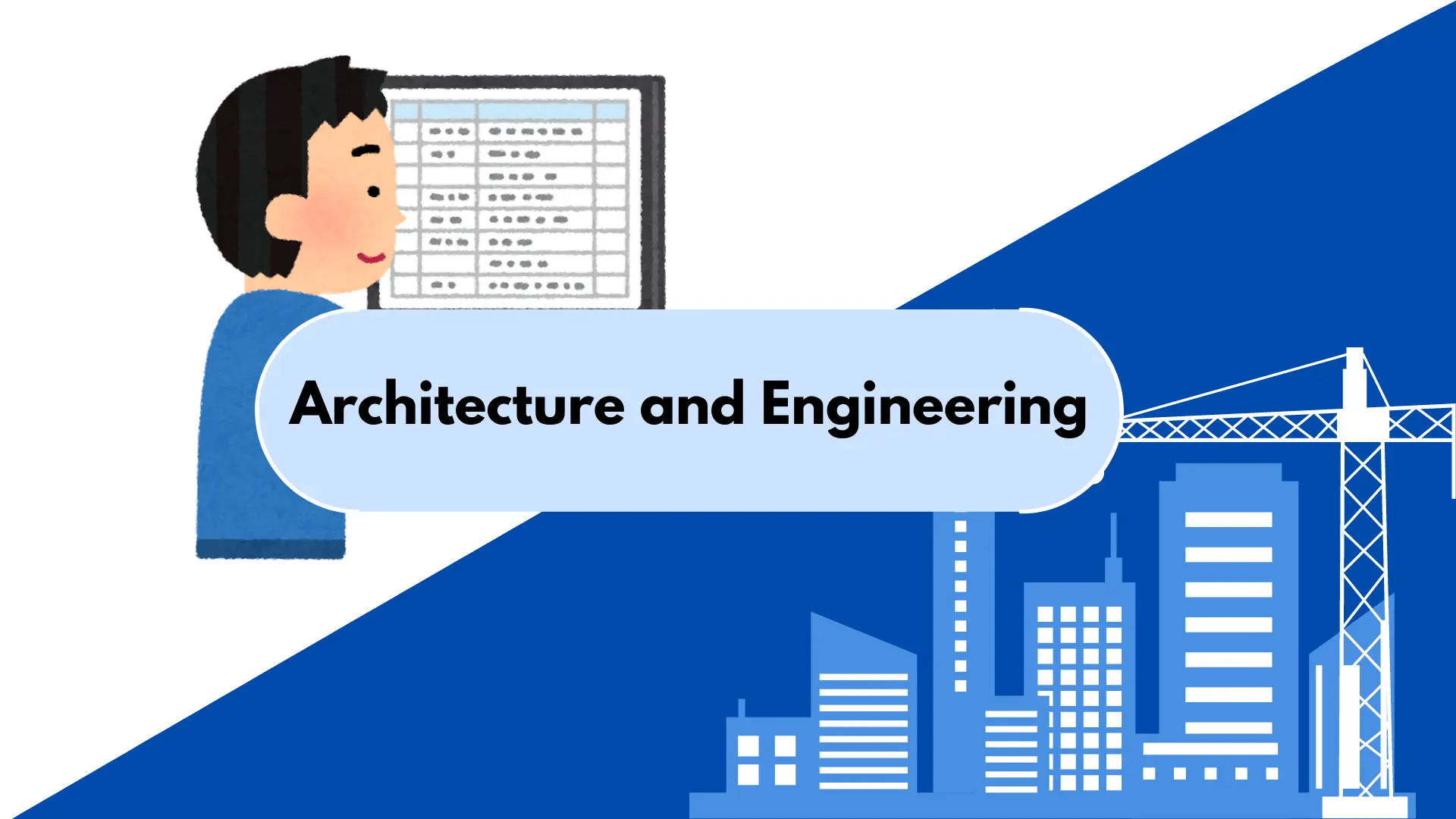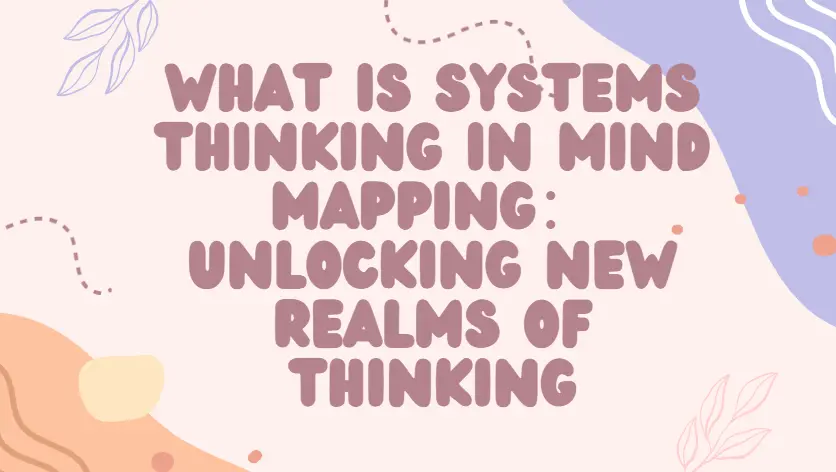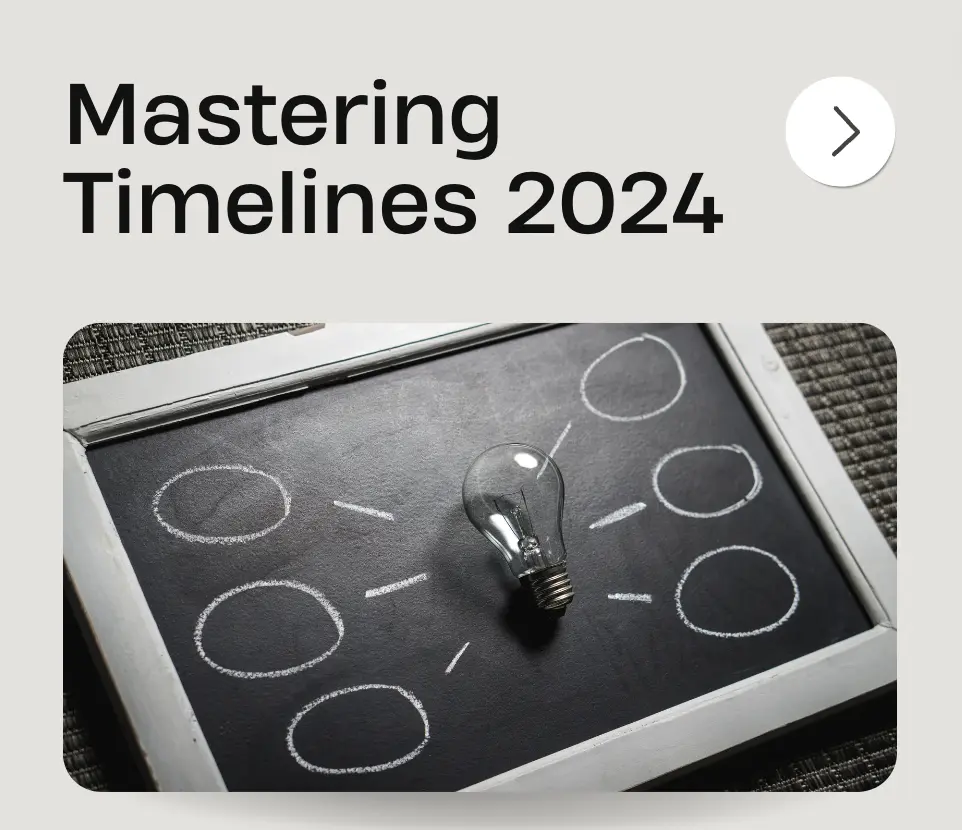In the architecture and engineering fields, common challenges include managing complex information, facilitating effective communication and collaboration among multidisciplinary teams, balancing creative design with technical precision, and addressing project management issues like task breakdown, resource allocation, and timeline tracking, which can lead to delays and hinder innovation.
In this case, mind mapping is a widely used tool that enhances creativity, organizes complex information, and aids in problem-solving across various fields. It offers an effective way to visualize and manage ideas, concepts, and project details. Mind mapping organizes complex information, enhances problem-solving, supports collaboration, and streamlines project management, making it indispensable for handling multidisciplinary projects and generating innovative solutions efficiently.
This blog delves into how mind mapping can be utilized in these fields, highlighting its advantages and offering practical tips on integrating it into your workflow.
Mind Mapping Benefits Architecture and Engineering
Mind mapping in architecture and engineering is more than just a brainstorming tool; it is a method that integrates creative thinking with structured planning and execution. It supports the development of innovative designs, streamlines the organization of complex information, and fosters collaboration among multidisciplinary teams. Below, we explore specific ways mind mapping is beneficial in these fields.
Enhancing Creativity and Ideation
Creativity is at the heart of both architecture and engineering, and mind mapping plays a critical role in fostering this creativity. The visual and non-linear nature of mind maps allows professionals to explore various ideas without the constraints of traditional linear thinking. This freedom enables architects and engineers to:
- Generate a Wide Range of Ideas: Mind maps encourage divergent thinking, helping professionals to brainstorm multiple design concepts or engineering solutions rapidly.
- Explore Relationships and Connections: By mapping out ideas visually, it’s easier to see how different concepts relate to each other, leading to more integrated and innovative designs.
- Overcome Creative Blocks: The dynamic and fluid structure of a mind map can help break through creative blocks, as it allows for the free association of ideas, fostering new perspectives and approaches to problems.
Mind maps also make it easier to revisit and refine ideas, ensuring that the creative process is ongoing and iterative, which is essential in design-focused fields like architecture and engineering.
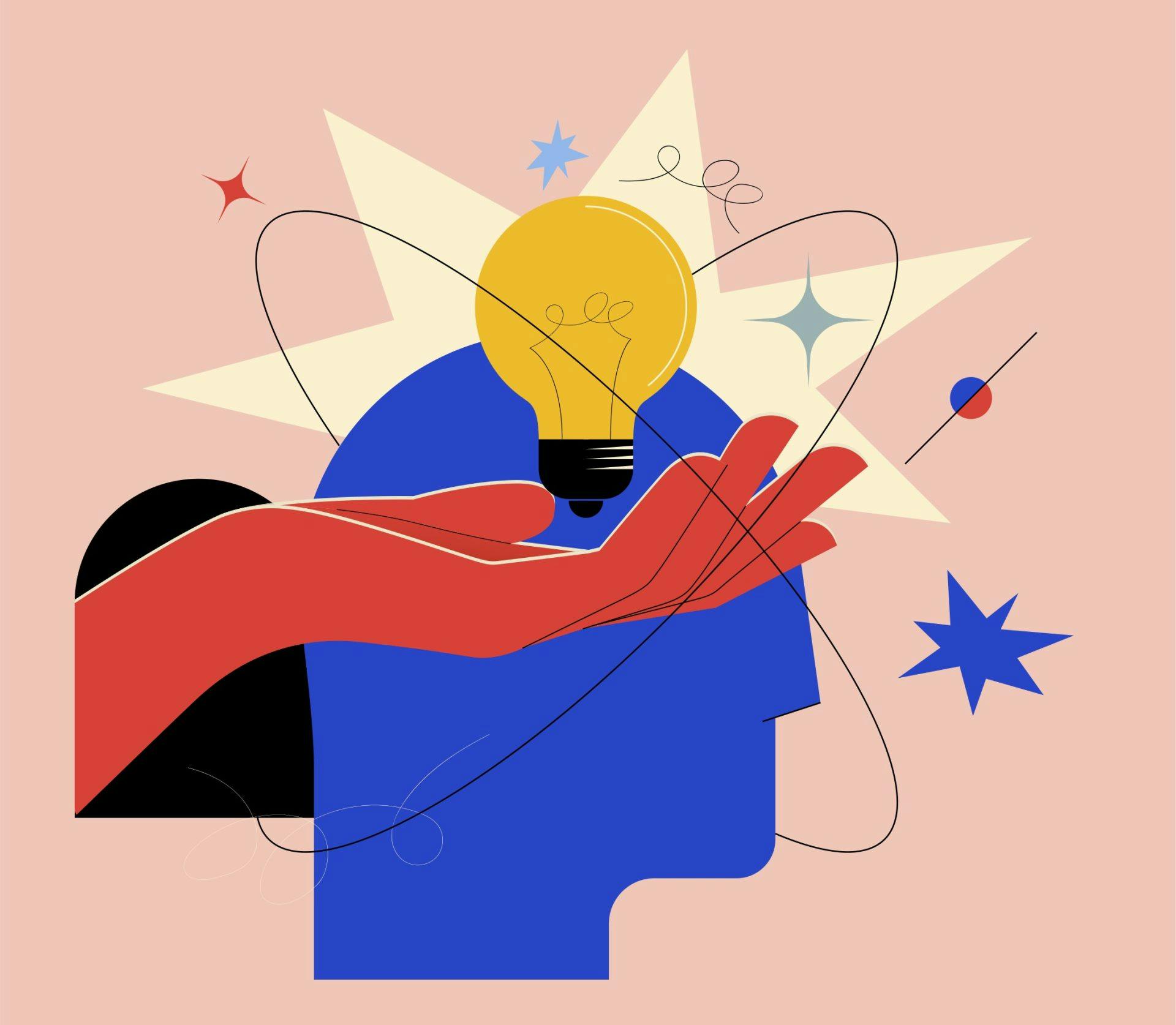
Image from: casel.org
In the architecture and engineering fields, professionals often deal with large volumes of complex information, from technical specifications and regulations to client requirements and environmental constraints. Mind mapping is an effective way to:
- Structure Information Visually: Instead of dealing with scattered notes or lengthy documents, mind maps allow you to organize information in a visual format that is easier to navigate.
- Break Down Complex Projects: Large projects can be broken down into smaller, more manageable components, each represented as a branch of the mind map. This helps in understanding the project’s scope and the relationships between different elements.
- Prioritize and Categorize: Mind maps make it easier to prioritize tasks and categorize information, helping professionals to focus on the most critical aspects of a project.
By organizing information visually, mind maps help to reduce the cognitive load, making it easier to manage and recall important details throughout the project lifecycle.
Facilitating the Design Process
The design process in architecture and engineering is iterative and multifaceted, often requiring the integration of various disciplines and the balancing of competing requirements. Mind mapping supports the design process by:
- Visualizing Design Concepts: Architects and engineers can use mind maps to visualize different design concepts, exploring various options and their implications before committing to a final design.
- Documenting Design Decisions: As design decisions are made, they can be documented within the mind map, providing a clear record of the design process and the rationale behind key choices.
- Incorporating Feedback: Mind maps make it easy to incorporate feedback from clients or other stakeholders, adjusting the design and exploring new directions as needed.
The flexibility of mind maps allows for continuous refinement of the design, ensuring that all aspects are considered and integrated effectively.

Image from: investip.vn
Architecture and engineering projects often involve multidisciplinary teams, including architects, engineers, project managers, and clients. Mind mapping enhances collaboration and communication by:
- Creating a Shared Visual Language: Mind maps provide a common visual platform where all team members can contribute and understand the project’s direction.
- Facilitating Team Brainstorming: During team meetings, mind maps can be used to capture everyone’s ideas, ensuring that all perspectives are considered in the decision-making process.
- Improving Stakeholder Engagement: By presenting ideas and concepts in a visual format, mind maps make it easier for non-technical stakeholders to understand and engage with the project.
The collaborative nature of mind mapping helps to align the team’s efforts and ensures that everyone is on the same page, which is crucial for the success of complex projects.
Project Management and Planning
Mind mapping is also a valuable tool for project management in the architecture and engineering fields. It helps in planning and managing projects by:
- Breaking Down Tasks: Complex projects can be broken down into smaller tasks, each represented as a branch of the mind map, making it easier to manage and track progress.
- Setting Timelines and Milestones: Mind maps can incorporate timelines and milestones, helping to visualize the project’s schedule and ensure that all tasks are completed on time.
- Tracking Resources: Resources such as materials, personnel, and budget can be linked to specific tasks within the mind map, providing a comprehensive overview of the project’s requirements.
By integrating mind mapping into project management, architects and engineers can ensure that projects are well-organized, on track, and within budget.
A real case: The Shard, London

Image from: istockphoto.com
The Shard, London’s tallest skyscraper, faced numerous challenges in its construction due to its complexity and scale. The project management team utilized mind mapping to break down the project into manageable phases, such as foundation work, steel framework, and glass cladding. Each phase included detailed sub-tasks, such as material procurement and scheduling.
Mind mapping was also crucial for setting strict timelines and milestones, ensuring that each phase was completed on schedule. For example, the “Topping Out” ceremony marked a key milestone, indicating the completion of the building’s highest point.
Resource tracking was another critical aspect, with mind maps helping to coordinate the delivery of custom glass panels and the allocation of labor and machinery. This visual planning tool allowed the team to optimize resources, avoid delays, and manage the complexities of the project efficiently.
As a result, The Shard was completed on time and within budget, showcasing how mind mapping can effectively manage large-scale architecture and engineering projects by ensuring every detail is planned, tracked, and executed smoothly.
Mindmapping Using Tips
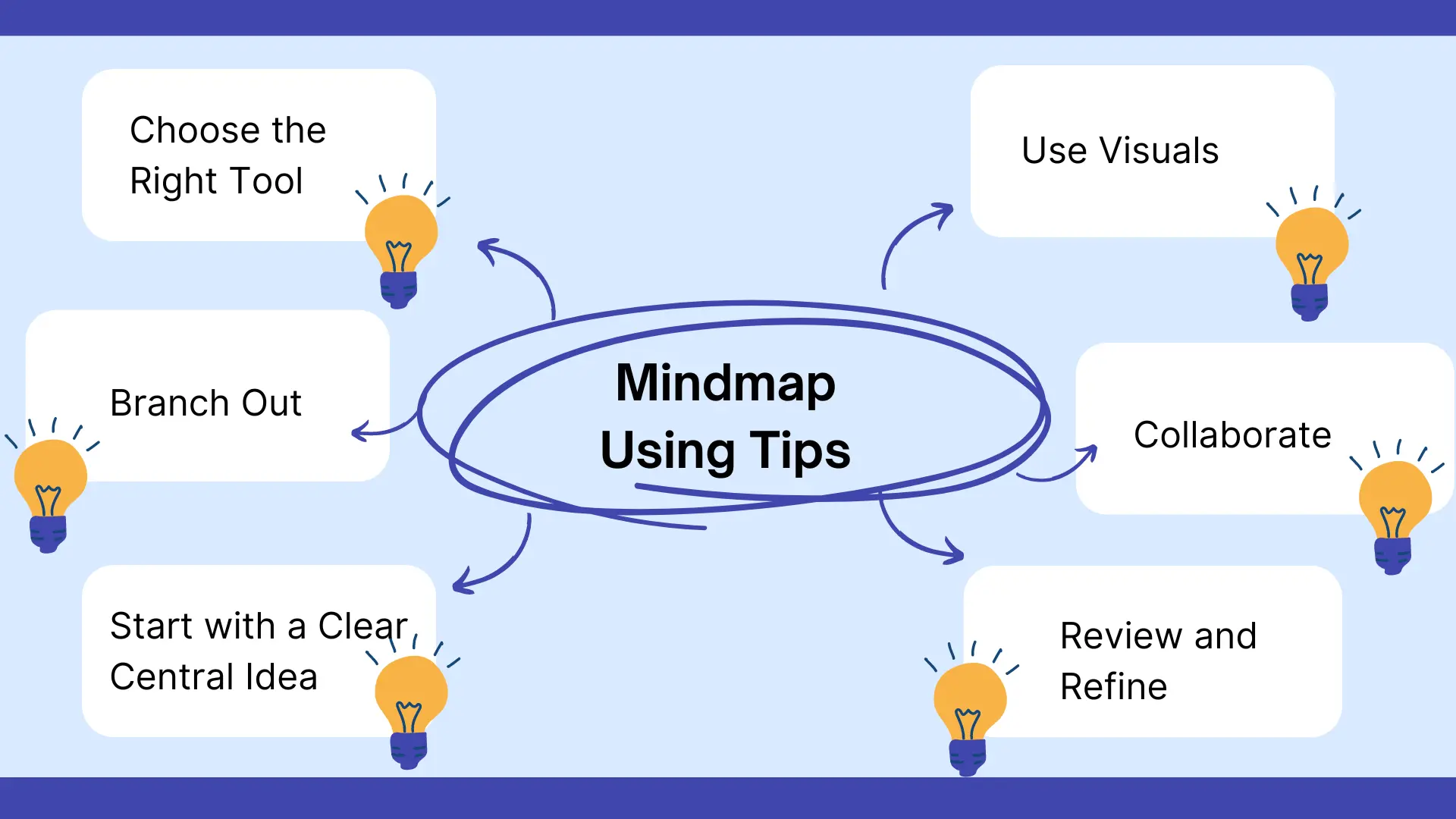
Incorporating mind mapping into your architecture and engineering workflow is straightforward and can greatly enhance your productivity and creativity. Here’s how you can get started.
- Choose the Right Tool: Select a mind mapping tool that suits your needs. Tools like Xmind, Lucidchart, and MindMeister offer features tailored for collaborative and complex projects.
- Start with a Clear Central Idea: Begin your mind map with a clear central idea, such as the project’s main objective or a key design challenge.
- Branch Out: Create branches for different aspects of the project, such as design concepts, technical requirements, client needs, and regulatory considerations.
- Use Visuals: Incorporate images, icons, and colors to make the mind map more engaging and easier to navigate.
- Collaborate: Share the mind map with your team and invite them to contribute, ensuring that all perspectives are considered.
- Review and Refine: Regularly review and update the mind map as the project progresses, ensuring that it remains a useful tool throughout the project lifecycle.
Summary
Mind mapping is an invaluable tool in the architecture and engineering fields, offering benefits that range from enhancing creativity to improving project management. By visually organizing information, facilitating the design process, and fostering collaboration, mind maps help professionals in these fields to navigate the complexities of their work more effectively. Whether you are brainstorming design concepts, organizing project details, or managing a multidisciplinary team, mind mapping can help you


